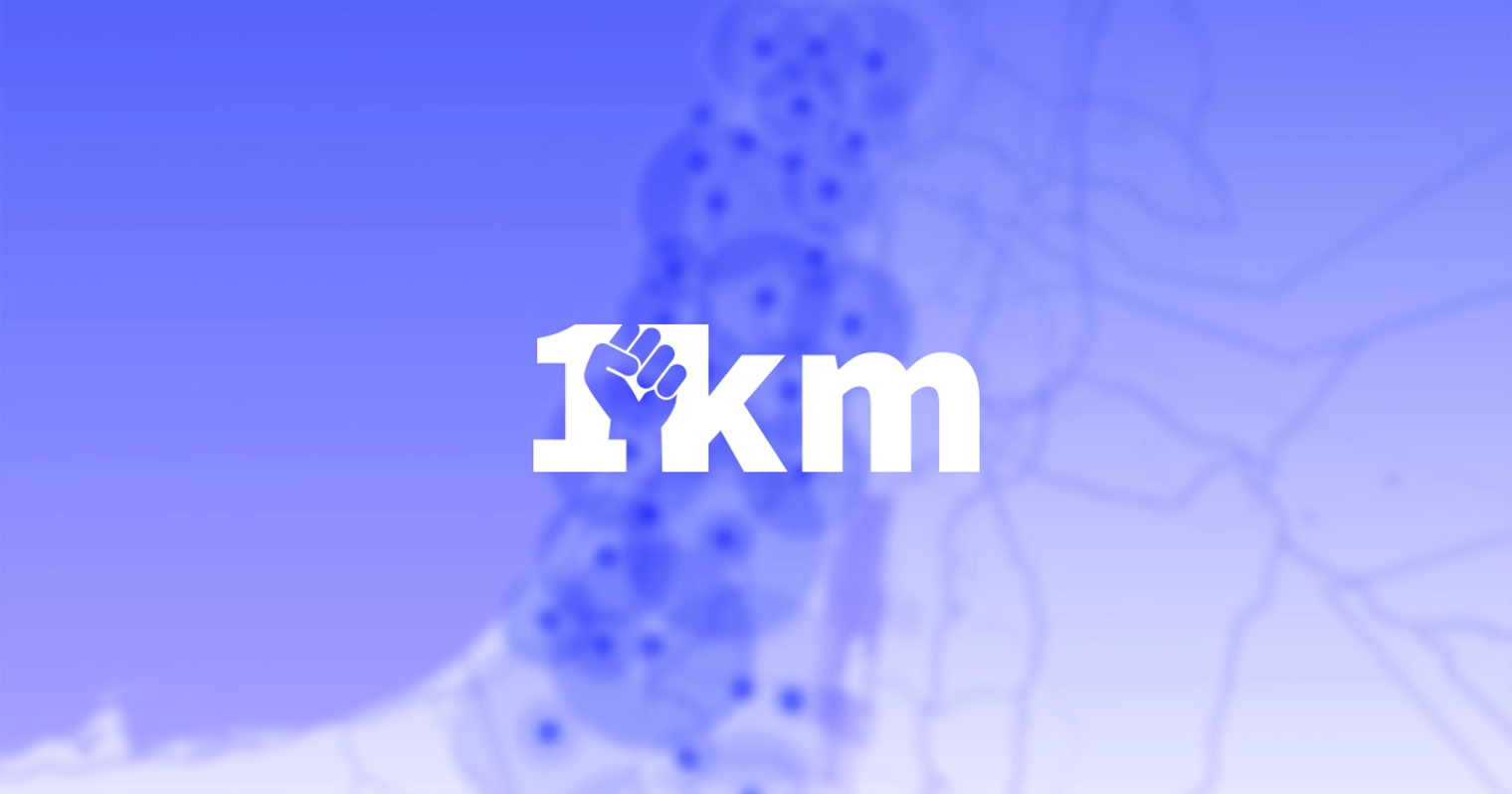
Back in 2020, during the COVID lockdowns in Israel, the parliament passed a bill to prevent citizens from protesting more than 1 kilometer from their homes.
This was a time when the nation had been flooded with protests against Prime Minister Netanyahu’s government. The new COVID restrictions were not seen as a way to prevent the spread of the virus, but as a means to silence the protest movement.
When news outlets reported the intention to implement this restriction, I saw it as a great opportunity to launch a self-hackathon and create an app that would allow people to create and join protests near their homes.
It took me around 5 days to launch the app, just in time for the restrictions to take effect. It included a map that showed protests within 1 kilometer of your location. If no one had created a protest yet, you could create your own.

I shared the new website in a couple of groups and stepped away for a few hours. When I returned, the website had already received thousands of visitors and many local protests had been submitted.
Over the next few days the project went viral, and 250,000 visitors entered the website. It was then that I received an inquiry from a Ynet journalist (Israel’s largest news outlet) who asked to interview me.

The interview was featured in Ynet top headlines for most of the day, giving another massive influx of new visitors.
I was overloaded with work and didn’t have much sleep. I did everything: content moderation, support requests, media inquries, bug fixes and whatnot. Obviously I couldn’t do it alone. I needed help.
Open Source to the rescue
I posted on the website a request for volunteers to join - developers, designers, product managers - anyone!
I quickly got a load of people who were seeking to join. The fact that the project was open sourced made it much easier for people to contribute either a few lines of code or join and become a core contributor.

The project quickly steered away from being my own project to a community one - dozens of developers, a designer, a product manager, customer support, and others joined to help the project grow.
Within a day, a startup had emerged - we had daily meetings, worked together on new features, and planned what’s next. Everyone was there for the cause, working on their free time.
Conclusion
Eventually, the restrictions were lessened, and the project became less relevant. Still, it was one hell of an experience: I had the best time building it, working with the best people I ever worked with, and having a small impact on the political landscape for a few days.